Equipment
TaylorMade launches next-generation 2021 P790, P790 UDI irons
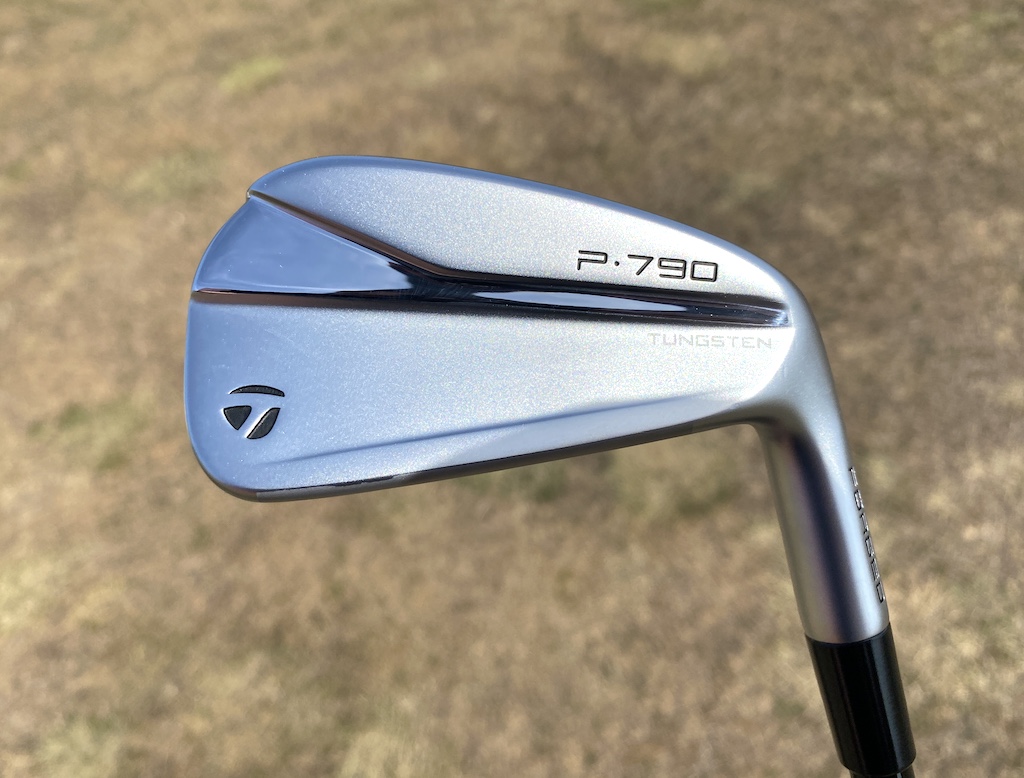
The final piece in the TaylorMade P700 Series has fallen into place. Last August, the Carlsbad company announced P7MB, P7MC, and P770 irons, with the ends of the Series spectrum — P7TW and 2019 P790 irons — staying the same.
We know there are no plans to update the P7TW irons (unless Tiger Woods wants to alter his preferred surgical instruments), but plenty of equipment soothsayers expected a new P790 this summer — and TaylorMade has delivered.
Third-generation 2021 TaylorMade P790 irons continue to occupy the “players distance” seat at the P7TW, P7MB, P7MC, and P770 family table.
2021 TaylorMade P790 irons
We knew the profile would remain larger than the P770, and at first glance, the 2021 P790 shares much more in common cosmetically with P770 irons than the 2019 P790 design (comparison of P770, 2019 P790 below).
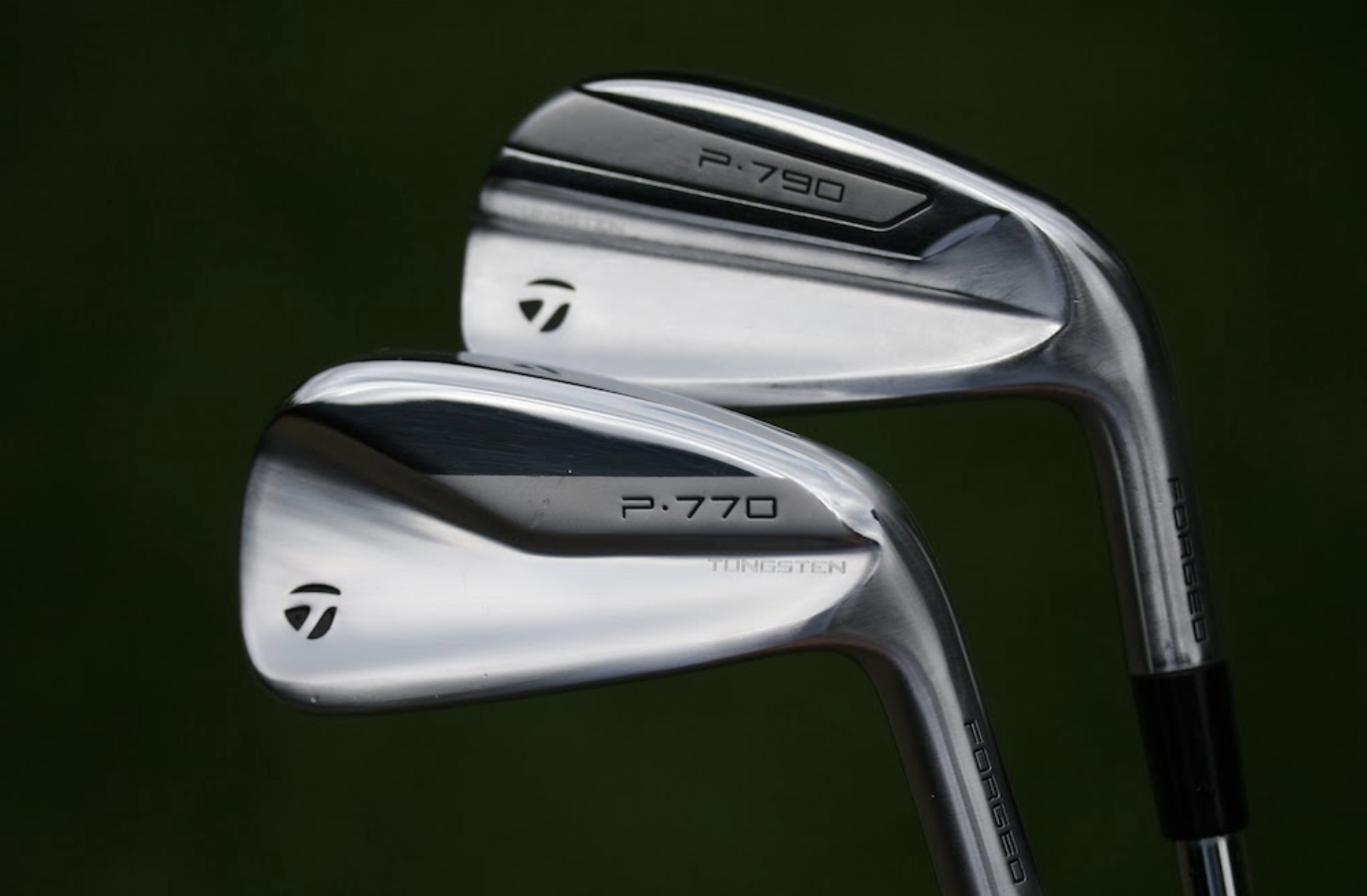
(P770 and 2019 P790)
Of course, we also know the real story of the P700 line in general, P790 in particular, is under the hood, so let’s take a look.
SpeedFoam, which was the showpiece of the original (2017) P790 line gets an upgrade in the 2021 edition. Dubbed SpeedFoam Air, the ultralight urethane foam is 69 percent less dense than the 2019 iteration.
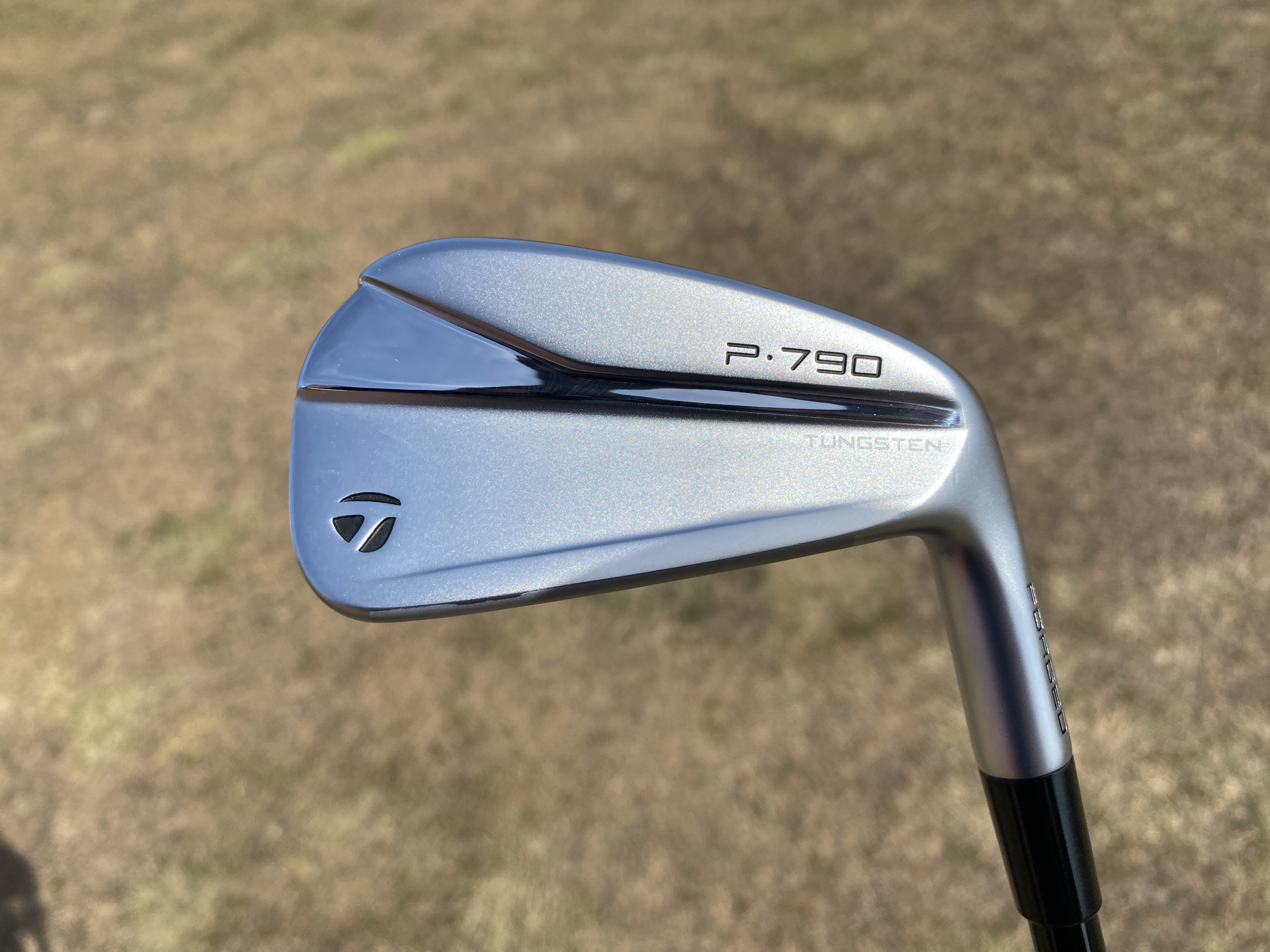
2021 TaylorMade P790 7-iron
As is the formula in golf club design, saving weight in one area allows engineers to relocate it to another to accomplish specific aims. In this case, it’s to aid launch. And that’s just what the folks at TM have done, moving the CG lower in the heads of P790 irons to the tune of an average of .5 millimeters.
“SpeedFoam Air is the heartbeat of the new P·790 irons. The development of this lightweight urethane material allowed us to strategically reconstruct the iron head to promote optimal launch conditions and a sweet spot that covers the most common strike points on the face.” — Matt Bovee, Product Creation, Irons
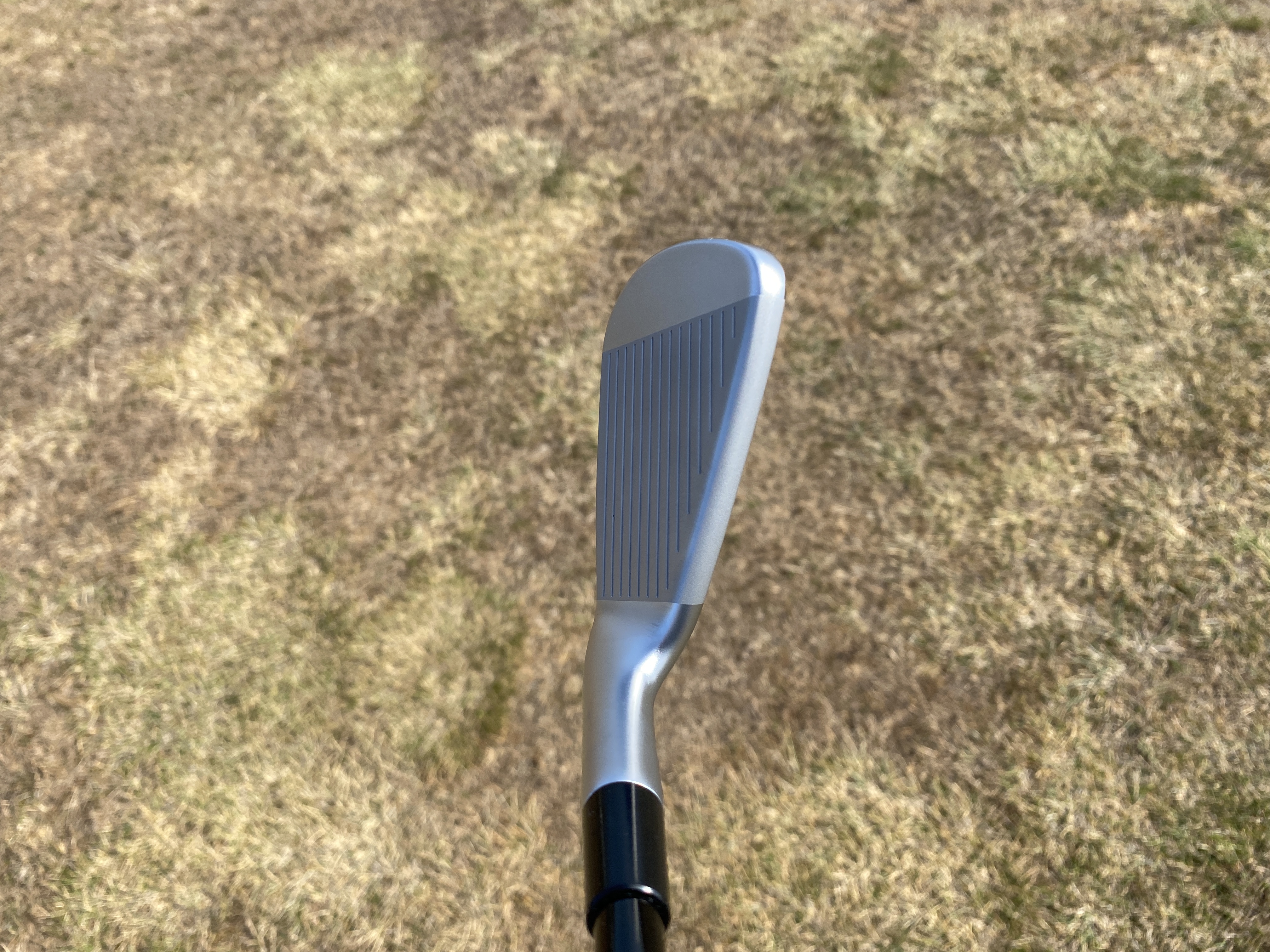
With respect to that sweet spot, TaylorMade’s Intelligent Sweet Spot is the product of data from thousands of golf shot to determine the most common impact points on the face. Bovee and company then strategically shaped and positioned the sweet spot (i.e. moved it) so it captures more of these shots.
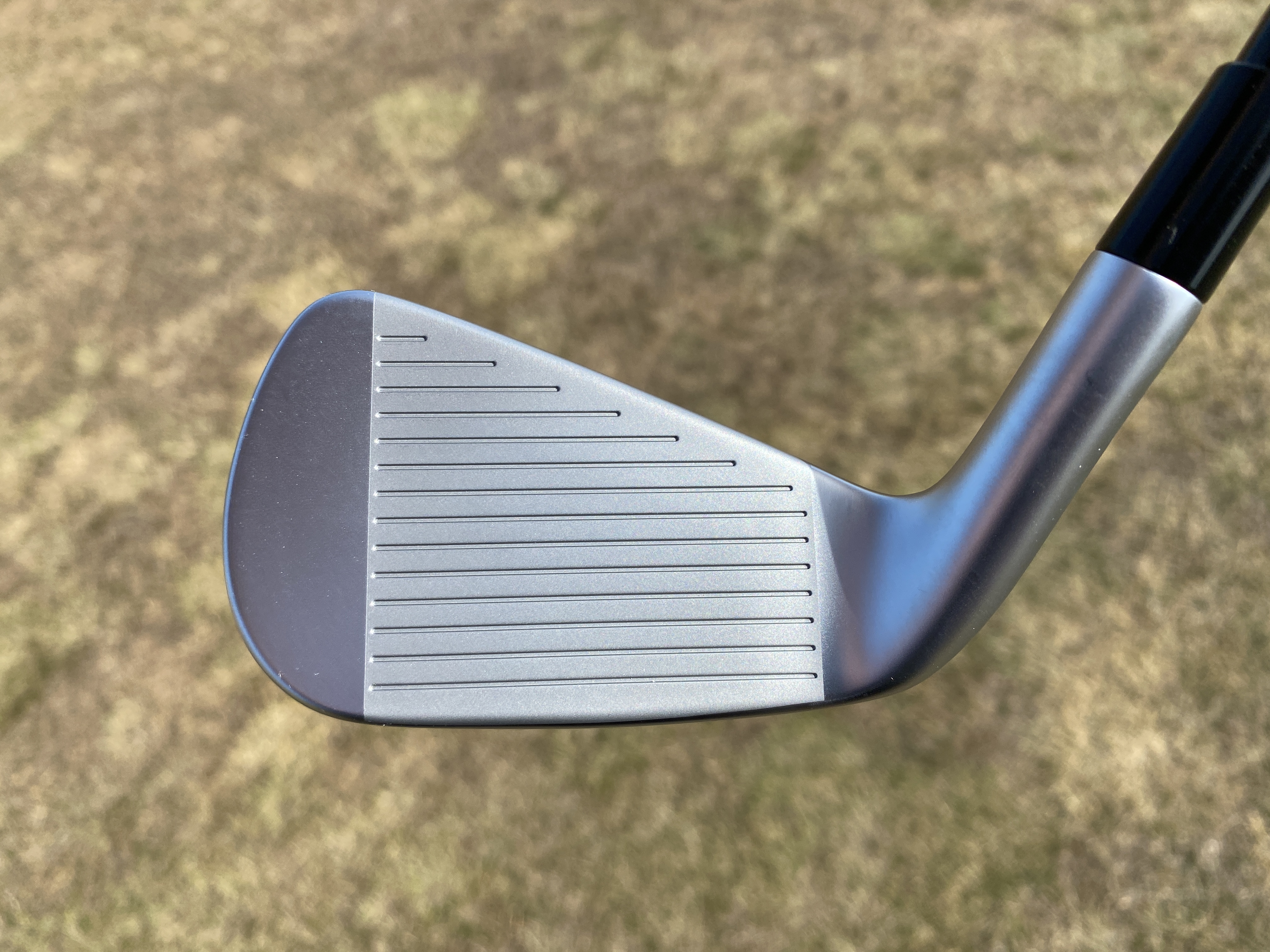
As you would expect, more shots struck on the sweet spot yields greater ball speed and distance compared to the previous generation P790 — it’s a “performance where you need it” narrative.
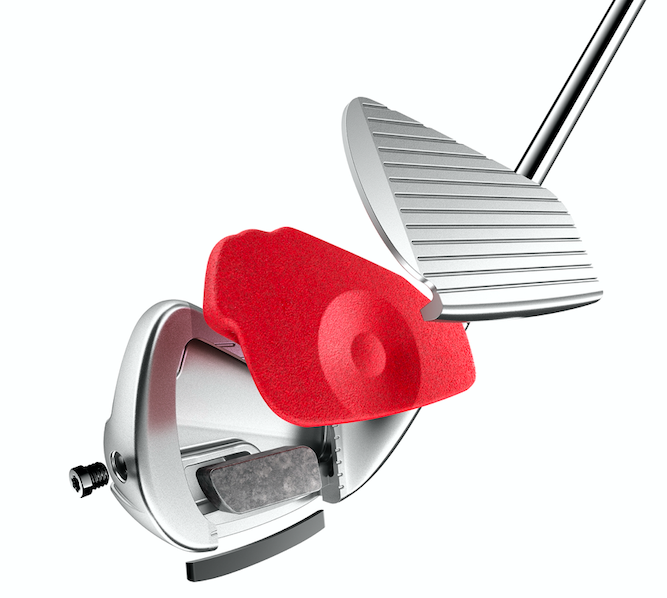
2021 TaylorMade P790: Additional details
- Made from 8620 carbon steel
- Combination of Rengineered Forged Hollow Body Construction and 1.5mm forged 4140 steel L-Face yields flexibility, fast ball speeds, and distance while maintaining a forged feel.
- Up to 31 grams of tungsten weighting in an individual iron head is strategically positioned for stability and forgiveness.
- Thru-Slot Speed Pocket increases face flexibility and preserves ball speed and distance on low-face strikes.
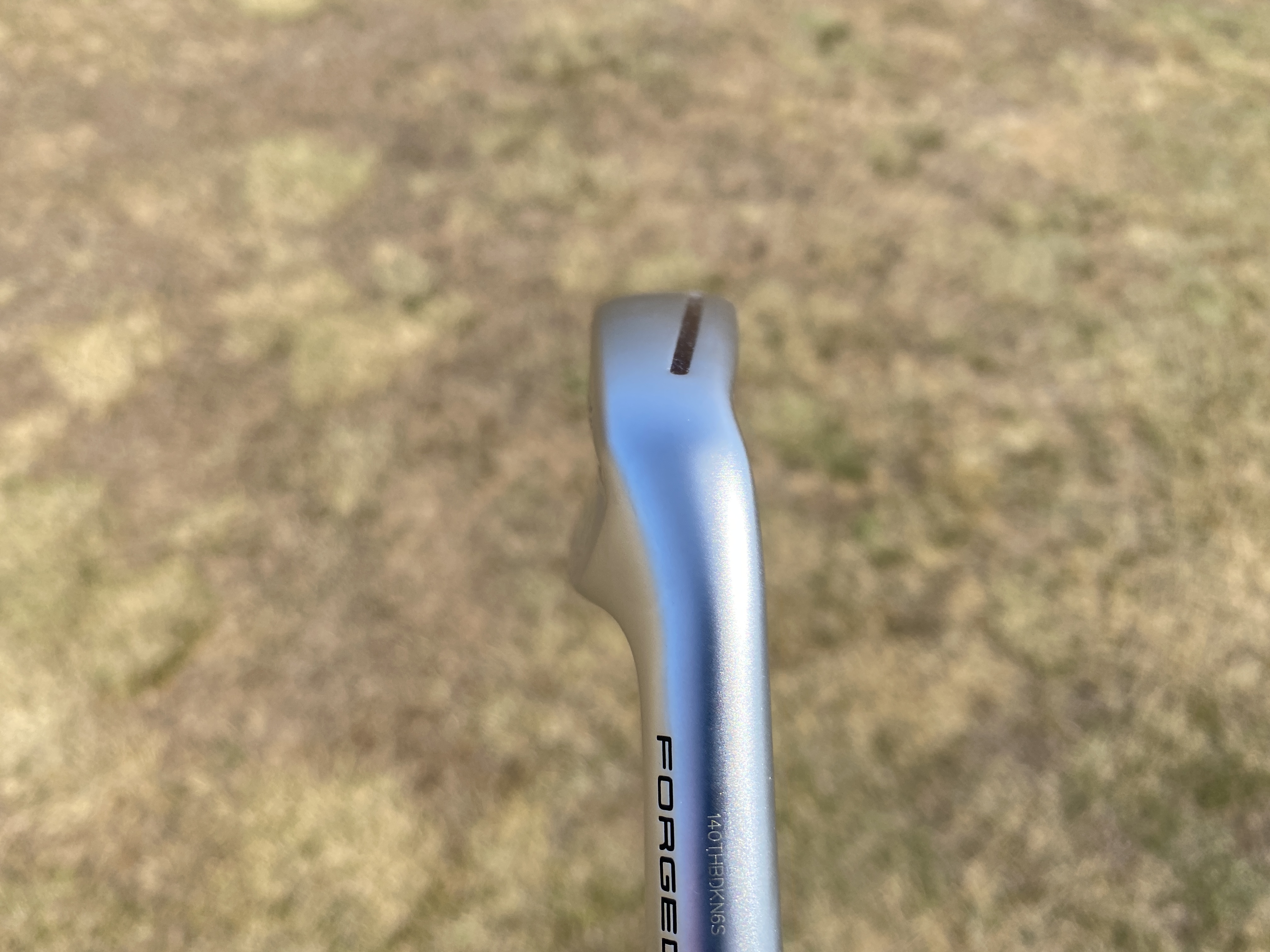
2021 TaylorMade P790 UDI
Featuring the same Thru-Slot Speed Pocket, SpeedFoam Air, and other technology mentioned above, the 2021 P790 UDI is a driving iron built from tour feedback. Shaped and weighted to cater to low-launch, low-spin players, TaylorMade’s latest iteration of the Ultimate Driving Iron is its most technologically advanced yet.
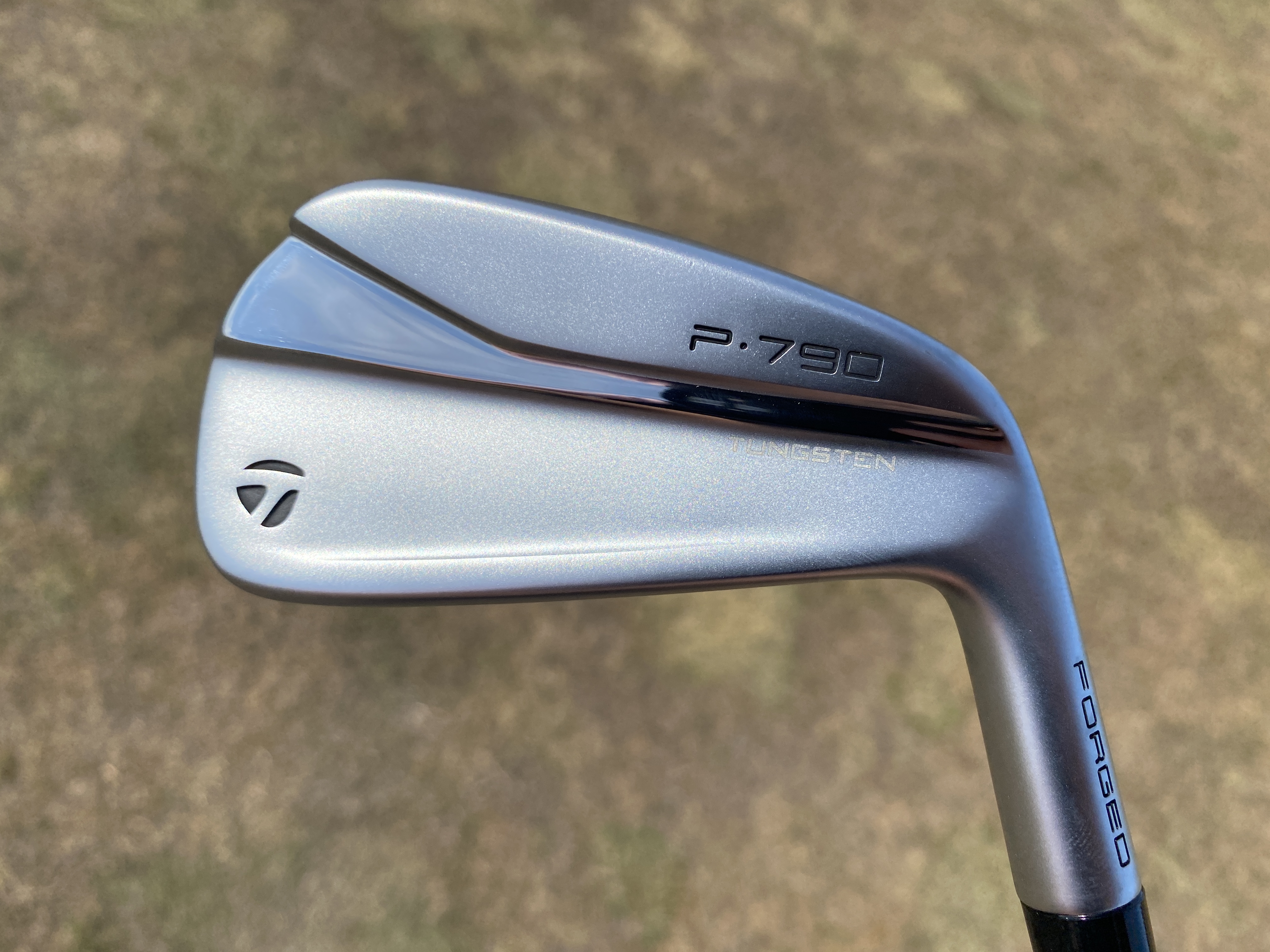
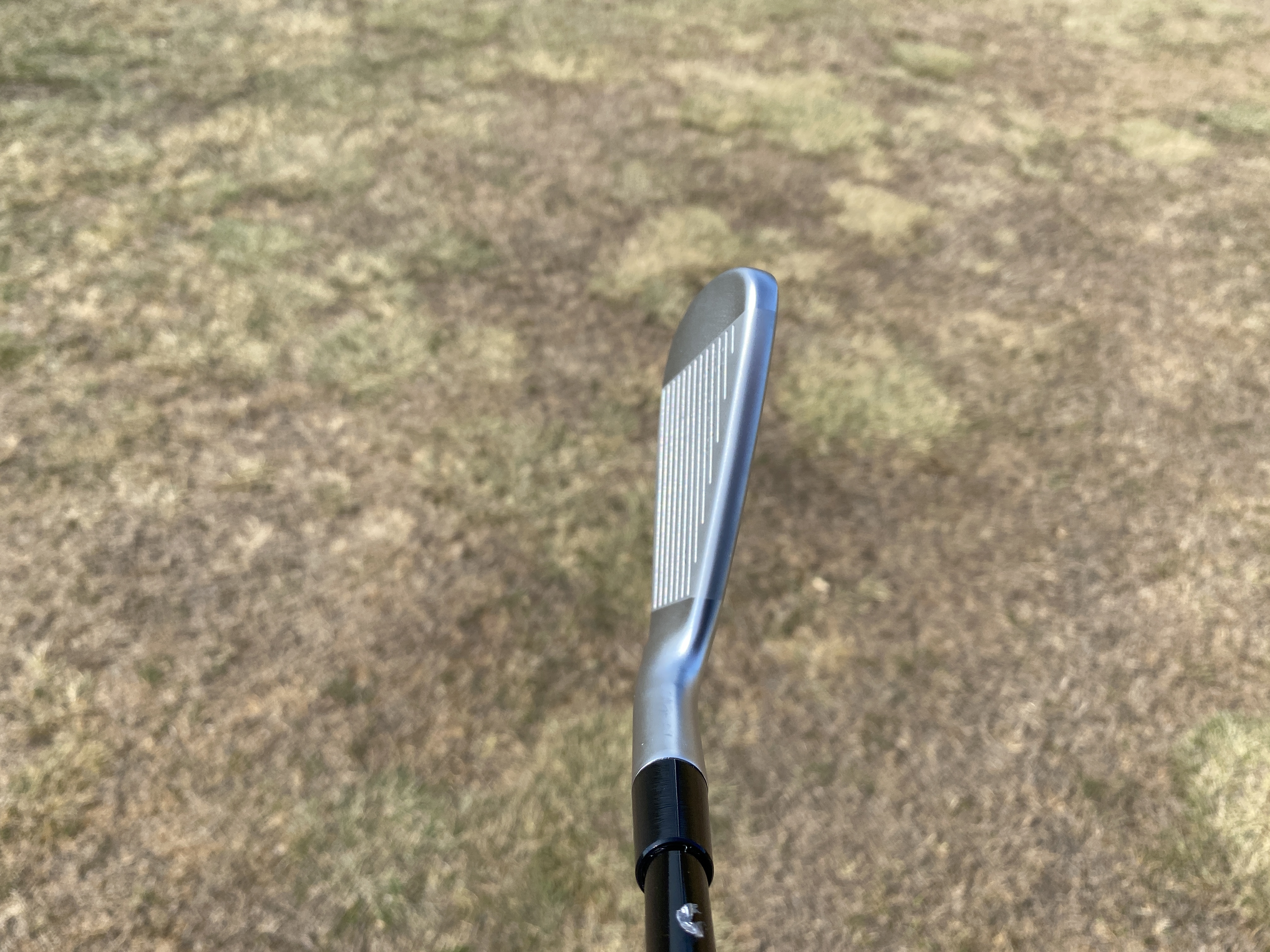
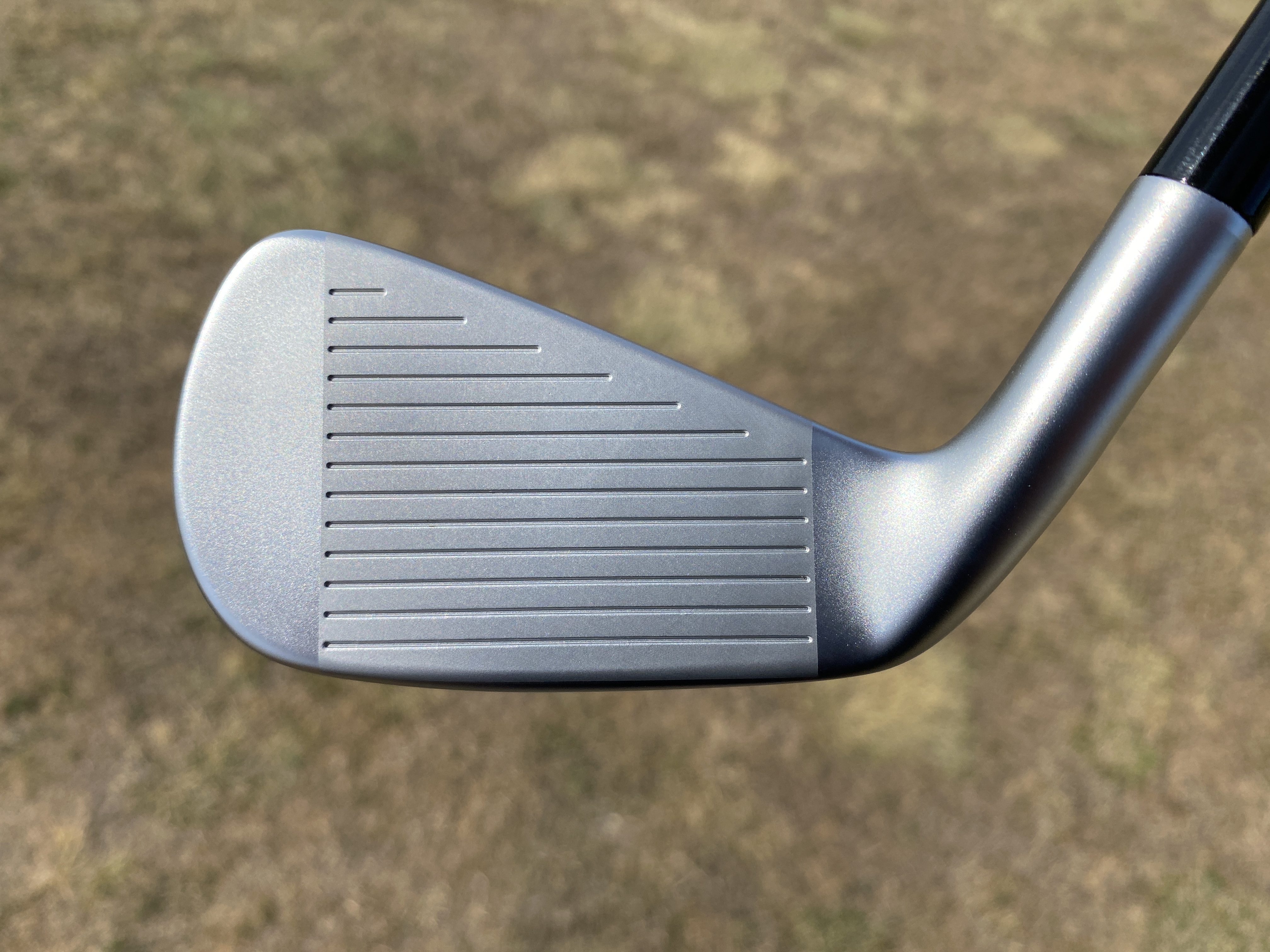
TaylorMade P790: Specifications, pricing, availability
- Available for pre-order now
- At retail 9/3
P790
Steel (True Temper Dynamic Gold)
Single iron: $185.71
7-piece set: $1,299.99
Graphite (Mitsubishi Chemical MMT)
Single iron: $214.28
7-piece set: $1,499.99
Golf Pride Z-Grip
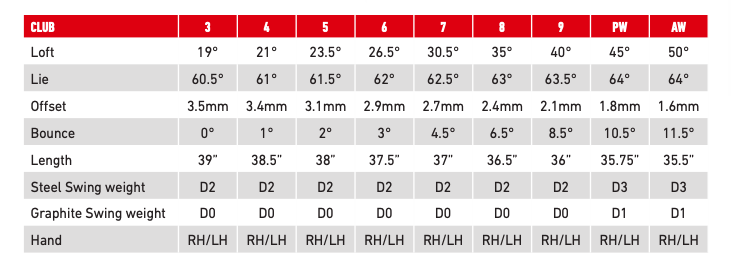
2021 TaylorMade P790 irons specs
P790 UDI
Single iron: $249.99
2-iron (17 degrees)
Project X HZRDS Black Smoke
Golf Pride Z-Grip
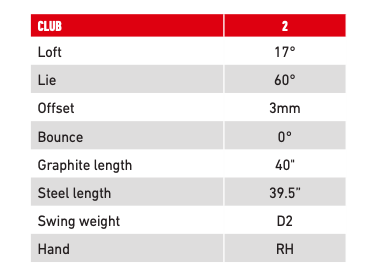
2021 TaylorMade P790 UDI irons specs
- LIKE89
- LEGIT11
- WOW5
- LOL4
- IDHT2
- FLOP7
- OB3
- SHANK32
Product Reviews
Fujikura 2024 Ventus Black, Ventus Red review – Club Junkie Reviews

About the 2024 Ventus: Fujikura has big shoes to fill with the 2024 Ventus shaft lineup as the previous shafts were deemed iconic by most. VeloCore Plus is the technology that will set the new Ventus lineup apart and we saw its debut earlier this year in the 2024 Ventus Blue shaft.
Now it is Ventus Black and Ventus Red’s turn with VeloCore Plus to round out the lineup. VeloCore Plus is the shafts bias core that is made up of different layers, and types, of carbon fiber sheets. This core is built around stability of the club head to ensure it can help deliver center contact more often while adding ball speed. The 2024 Ventus line is now complete with Red for mid/high launch, Blue for players seeking mid-launch, and Black for low launch.

Look & Feel
Out of the box, the Ventus Black and Red match their Blue sibling with a new matte finish to their paint. Black has a simple matte black finish that almost looks charcoal grey in the sunlight. Red is a little more of a drastic change with a deeper hue. I would consider the new Ventus Red’s paint a maroon color that has some nice depth with the matte finish. Out in the sunlight, both shafts look great and don’t transmit any glare from the sun. The classic Ventus graphics are present up near the grip and the Ventus text is now a silver outline near the center. While everything seems new with the 2024 Ventus line, they are easily identified as Ventus shafts.

Feel is such a subjective thing to describe, but both of the new Ventus shafts have good feel to them. For me, the new Black and Red shafts have a slightly stouter feel to them through the swing. The Ventus Black is definitely a stiff profile that is designed for players with speed that takes a little more power to load. The great thing about Ventus Black is that you can get the low spin and launch you need without having a harsh feel and lots of vibration. At impact, you get a little less “kick” as your hands get to impact than the previous Ventus Black. Black will also feel a touch harder to turn over, taking away that feeling of losing it left.

Ventus Red has a softer and more active feel to it than Ventus Black. The handle section feels very stiff and stable while the mid and tip sections allow you to feel the flex of that shaft throughout the swing. As you start your downswing, you can feel Red flex lower down the shaft compared to Black. The softer tip section makes the shaft feel like it really is releasing energy at the point of impact and Red is a little easier to square up and hit a draw with.
Performance
I think we can all agree that the Ventus shafts released in 2018 performed exceptionally well. This new 2024 lineup leans on VelCore Plus to do even better. Ventus Black sticks to its roots as a low launch and low spin shaft. It keeps spin down no matter where you hit it on the face of the club. Typically a low heel shot ramps up the spin number but Ventus Black kept that, and other shots, spin down. Looking at launch monitor numbers, I never had a shot hit 3,000 rpm of spin, while there were a few under 2,000. Launch was also lower than Red both on the monitor as well as just looking at the window of the shot. A flat penetrating flight is what Ventus Black produced shot after shot. The starting line of my shots with Ventus Black were also a little more right of Red. Stability is key with the Black and swinging hard won’t cause the shaft to get loose and create an offline shot.

Ventus Red will offer a higher flight but without adding too much spin. I noticed almost 1.5 degrees more launch but with only around 350rpm more spin. I know people get scared of higher launching shafts, but the new Ventus Red can add some height without adding spin and losing control. While the flight isn’t as penetrating as Ventus Black, Red has not ballooned on me or shown any rise into the wind. The shaft is easier to square up and hit a draw with, but even as a drawer of the ball, I haven’t feared going left with it. For me, Red wasn’t high spinning either with shots averaging just under 2,400rpm for good and poorly struck shots. Shots that didn’t hit the center of the face stayed online well and had less curvature on them than I would have expected.

Final Thought
Fujikura had a tough job to replace the original Ventus, and I think they have done well to make an updated shaft that still shares the core Ventus DNA. You have the same three flight and spin options with a slightly tighter and stiffer feel to them. Performance is top-notch, and I don’t think anyone will be disappointed with the new shafts.
- LIKE0
- LEGIT0
- WOW0
- LOL0
- IDHT0
- FLOP0
- OB0
- SHANK0
Equipment
GolfWRX members impressed by new Wilson Fit AI

Last month, GolfWRX’s Brian Knudson and four of our forum members visited Pinehurst to test Wilson Golf’s newest products. We touched on this earlier in the week, and we’ll have more on this later, but members came away extremely impressed with Wilson’s product offerings. It’s clear that Wilson is highly motivated to re-establish themselves in the golf space. Following the trip, Scott, known in the GolfWRX forum as Shilgy stated, “We all definitely need to add Wilson golf to our must-play equipment. You’re doing yourself a disservice if you don’t at least try them out and with the new AI fitting tool every fitter out there can be a Wilson expert fitter.”
So let’s talk about Wilson Fit AI. Wilson introduced its AI fitting tool at the end of last year. It uses Blast Motion’s Bluetooth-enabled sensor, which is fitted into a grip, and it captures approximately 12,000 data points per swing. That data is then run through Wilson’s black box algorithm to deliver custom-fit iron recommendations after evaluating elements such as swing plane, wrist hinge, shaft, lost, club face closure, and overall swing tempo.
“Club fitters using a Wilson iron with a Blast Motion sensor embedded into the grip will be able to provide real-time feedback for every aspect of the player’s swing including shaft loading, swing tempo, face closing rates, and more. It will only take a few swings to understand a golfer’s swing profile allowing us to recommend the perfect set of Wilson customized irons, along with the ideal head model, shaft type and grip for each golf club.” – Bob Thurman, Global VP, Wilson R&D & GM, Global Golf at Wilson

After visiting with Bob Thurman, Wilson Golf’s Global VP of R&D, the team was introduced to Ed Garland. Ed plays an integral part in the brain trust behind Wilson Fit AI and is Wilson’s Master Fitter. He fits all of the company’s tour players and high-profile guests or ambassadors, and he was the man Wilson tabbed to lead the fittings for our members. Ed told us that in as little as three swings, you can find the right fit. The right head. The right shaft. The right grip. While it’s not the first time we’ve heard about fitters only using three swings, that claim, for some, might be hard to believe.
Shilgy: “The new Ai fitting tool is legit. First answer a few questions and then there is a fitting iron that measures everything. It’s almost scary how easy, and accurate, it is. Started me with a shaft that was too light but based on contact it changed to 115g DG. About as expected. I was fit into the CB with the Dynapower forged as the 5 and 6 iron.”
Olson12: “You start by building a profile. It asks about your skill level, goals in golf, grip size, wrist-to-floor measurements, height, and a few other pieces I’ve forgotten about. Once you have that, the fitting is with a stock 7-iron with a softish flex shaft. Ed walked me through the tech along with the do’s and don’ts for the fitting. The sensor is similar to hitting a club with an Arccos sensor on the butt. However, instead of screwing into the grip, this sensor is an extension of the grip and aligns with the clubface. It measures your G-force, Axis, Tempo, and many other things I don’t fully understand.
“After warming up, Ed had me hit a handful of shots. It took maybe five or six shots, and we decided it was enough. Of the six shots, I hit four pretty well, one perfectly, and one really bad one. The app spits out recommendations based on all the data it collected and gives you both a steel and graphite option. On the graphite side, it went straight to the Steelfiber 110s, so that was the first one we tried. Ed built up a 7-iron in the Wilson Staff CB with the Steelfiber 110s, and we were off to the races.”
TLUBulldogGolf: “It was really interesting to see all of the data the AI fitting tool was analyzing based on just a few swings in order to put together recommendations for starting points for a fitting. I have not seen a tool doing more detailed analysis and narrowing down potential options quicker. The gearheads will get a kick out of the detailed metrics it offers if they want to dive deeper and the narrowed list of options will remove the guesswork for those that aren’t really sure what they need.”

Final Thoughts
Wilson Golf is creating competitive products and has developed a state-of-the-art fitting tool to dial golfers in. Like true GolfWRXers, our members are still hard at work testing the clubs they were fit into as some had to be shipped directly to the participants following the trip. However, with the help of Wilson Fit AI, a number of the clubs have already made it into the bag for some of our members.

We still have plenty more on the way from our trip with Wilson Golf. Be sure to follow more product testing updates in the forum thread here.
- LIKE3
- LEGIT0
- WOW0
- LOL0
- IDHT0
- FLOP0
- OB0
- SHANK0
Equipment
Coolest thing for sale in the GolfWRX Classifieds (7/22/24): Miura Limited Run MGP-NM2 putter

At GolfWRX, we are a community of like-minded individuals that all experience and express our enjoyment of the game in many ways.
It’s that sense of community that drives day-to-day interactions in the forums on topics that range from best driver to what marker you use to mark your ball. It even allows us to share another thing we all love – buying and selling equipment.
Currently, in our GolfWRX buy/sell/trade (BST) forum, there is a listing for a Miura Limited Run MGP-NM2 putter.

From the seller: (@NoahthePlaya): “Miura Limited Run MGP-NM2 -35 in -New Frequency Filtered Shaft -Super Stroke Grip. $600“
To check out the full listing in our BST forum, head through the link: Miura Limited Run MGP-NM2 putter
This is the most impressive current listing from the GolfWRX BST, and if you are curious about the rules to participate in the BST Forum you can check them out here: GolfWRX BST Rules

- LIKE0
- LEGIT0
- WOW0
- LOL0
- IDHT0
- FLOP0
- OB1
- SHANK0
-

 Product Reviews1 week ago
Product Reviews1 week agoThree Swing Challenge: Testing the Edel Array F-2 putter
-

 Equipment2 weeks ago
Equipment2 weeks agoWhat clubs do equipment free agents choose to use on tour? We found out
-

 19th Hole3 weeks ago
19th Hole3 weeks ago‘You’re right, we’re always wrong!’ – Sergio Garcia receives warning during Open qualifier
-

 News2 weeks ago
News2 weeks agoHighlights from the Wilson Golf Product Testing and Fitting Experience at Pinehurst
-

 News2 weeks ago
News2 weeks agoDavis Thompson’s winning WITB: 2024 John Deere Classic
-

 Equipment3 weeks ago
Equipment3 weeks agoQ&A: The truth behind Bryson DeChambeau’s new Avoda irons from company founder Thomas Bailey
-

 19th Hole2 weeks ago
19th Hole2 weeks agoMajor champ ‘disappointed’ not to be chosen as U.S. Ryder Cup captain
-

 19th Hole2 weeks ago
19th Hole2 weeks agoLIV pro explains how he believes players are ‘cheating’ on DP World Tour































Pingback: Best irons in golf 2023: Most technology packed - Fly Pin High
Pingback: Best irons in golf of 2023: Pure enjoyment - Fly Pin High
Pingback: Best irons in golf of 2022: Top overall performers – GolfWRX
Pingback: Best irons in golf of 2022: Most technology packed – GolfWRX
Pingback: Best irons in golf of 2022: Pure enjoyment – GolfWRX
Bro bro
Aug 14, 2021 at 7:28 pm
Will these cave in more than the 2019 790s? Probably.
matt
Aug 12, 2021 at 11:53 pm
What’s optimal… should we reduce spin to zero and launch the ball straight up in the air. Is that the goal here… Gimme a break with this nonsense
GaGolfer
Aug 11, 2021 at 12:40 pm
“As is the formula in golf club design, saving weight in one area allows engineers to relocate it to another to accomplish specific aims. In this case, it’s to aid launch. And that’s just what the folks at TM have done, moving the CG lower in the heads of P790 irons to the tune of an average of .5 millimeters.”
I try not to be negative, and the TM irons are really beautiful to me, but touting moving the CG lower by .5mm, or half the size of a sharpened pencil tip, is just typical industry bs they hope will sound impressive to folks who don’t know any better. What would actually be helpful is – were they able to reduce/remove the hot spots in the face so we aren’t hitting 7Is anywhere from 160 – 190? Most of this is just the usual blah blah blah TM and the industry feels they can get away with shoveling at us. I’m pretty tired of it.
Epic Golfer
Aug 10, 2021 at 11:43 pm
Nothing pure anymore.
Bob Gambino
Aug 10, 2021 at 12:56 pm
And still no left handed P790 UDI
Roy
Aug 10, 2021 at 9:28 pm
Why I went to the CB x forged line…..
Gunter Eisenberg
Aug 10, 2021 at 10:22 am
Same old…same old..
Nick
Aug 11, 2021 at 1:31 am
Basically